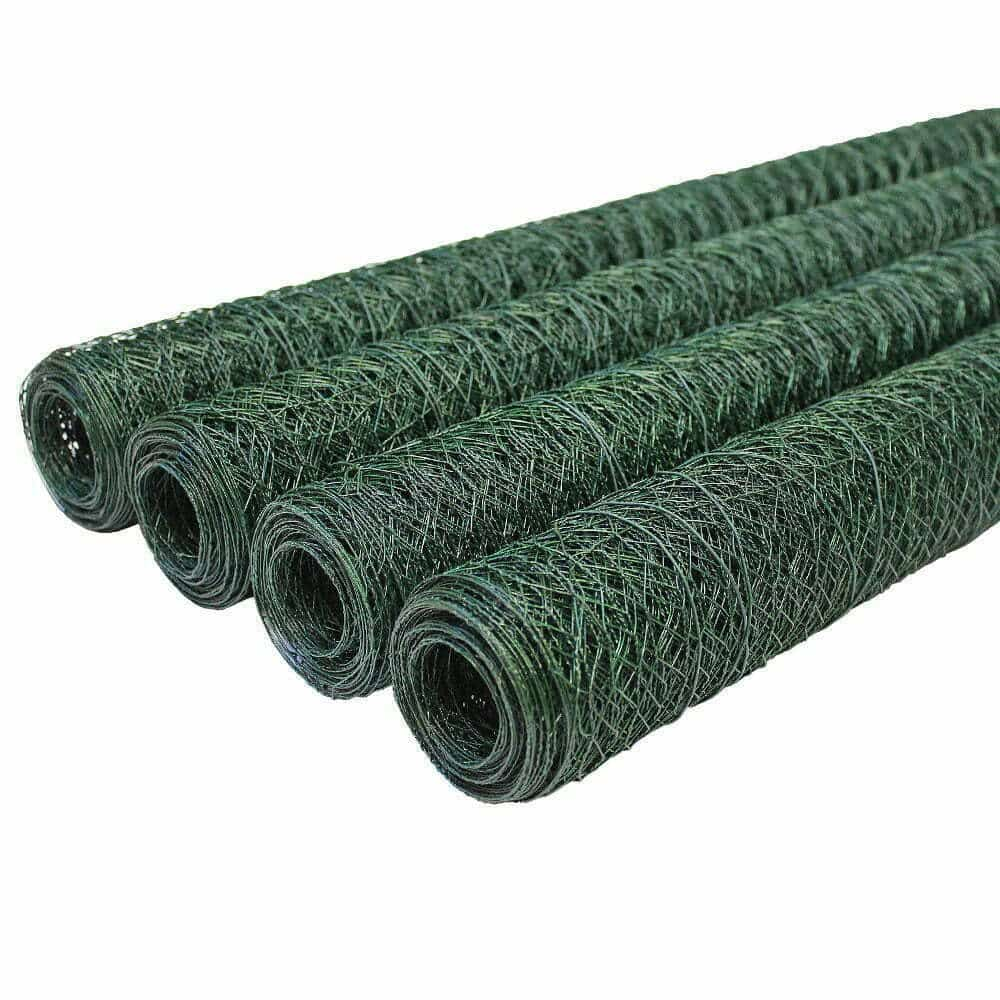Understanding Steel Grating An Overview
Steel grating is a versatile and durable material that has found extensive applications across various industries. It consists of a series of parallel bars or strips, typically made from carbon steel, stainless steel, or aluminum, which are welded or molded together to form a grid-like structure. This article will explore the characteristics, types, and uses of steel grating, underscoring its importance in modern construction and industry.
Characteristics of Steel Grating
One of the primary advantages of steel grating is its strength and load-bearing capacity. The open grid design allows for the efficient distribution of weight, making it an ideal choice for walkways, platforms, and industrial flooring. Additionally, steel grating offers excellent resistance to corrosive elements. When coated with materials like galvanized zinc or fiberglass, it can withstand harsh environmental conditions, ensuring a longer lifespan.
Moreover, steel grating is relatively lightweight compared to solid metal plates, making it easier to handle and install. The open spaces between the bars provide excellent drainage, reducing the risk of water accumulation and slip hazards. Furthermore, this design promotes ventilation and light penetration, making it suitable for a wide range of applications.
Types of Steel Grating
Steel grating can be classified into several types based on manufacturing processes and design. The most common types include
1. Welded Steel Grating Made by welding cross bars to the bearing bars, this type offers high strength and durability. It is often used in heavy-duty applications where load resistance is critical.
steel grating

2. Press-locked Grating This type involves a mechanical process where the cross bars are pressed into the bearing bars, eliminating the need for welding. It provides a smooth surface and is ideal for pedestrian walkways.
3. Swaged Grating In this design, cross bars are inserted into the bearing bars and swaged to create a tight fit. This offers a robust solution with a smooth finish, making it suitable for both industrial and commercial use.
Applications of Steel Grating
Steel grating is utilized in a variety of applications, including construction, transportation, and energy. In industrial settings, it serves as flooring for platforms, catwalks, and stair treads. Its non-slip surface makes it a safe choice for areas where employees frequently walk or operate machinery.
In the transportation sector, steel grating is often used for bridges, walkways, and road drainage systems. Its lightweight nature and strong load-bearing capacity make it ideal for maintaining structural integrity while allowing for efficient water runoff.
Moreover, steel grating is widely used in the energy sector, particularly in nuclear and thermal power plants, where it supports equipment and provides safe access to critical areas. Its resistance to high temperatures and chemical exposure makes it a preferred choice in these demanding environments.
Conclusion
In summary, steel grating is an essential component in various applications due to its strength, durability, and versatility. Its ability to withstand harsh conditions while providing safety and functionality makes it a staple in industrial and commercial infrastructures. As industries continue to evolve and demand robust solutions, steel grating will undoubtedly remain a vital player in ensuring safety and efficiency in construction and beyond.
-
The Best Metal Mesh Solutions: Expanded Aluminum Metal vs. Expanded Stainless Steel Metal
NewsSep.10,2024
-
Round Perforated Sheets vs. Hexagonal Perforated Sheets vs. Embossed Perforated Sheet Metal
NewsSep.10,2024
-
Perforated Metal Sheets
NewsSep.10,2024
-
Experience The Excellence Of Stainless Steel Grating
NewsSep.10,2024
-
Discover the Versatility Of Metal Mesh Expanded Forming Machines
NewsSep.10,2024
-
Discover The Advantages Of Steel Grating For Sale
NewsSep.10,2024
Subscribe now!
Stay up to date with the latest on Fry Steeland industry news.

